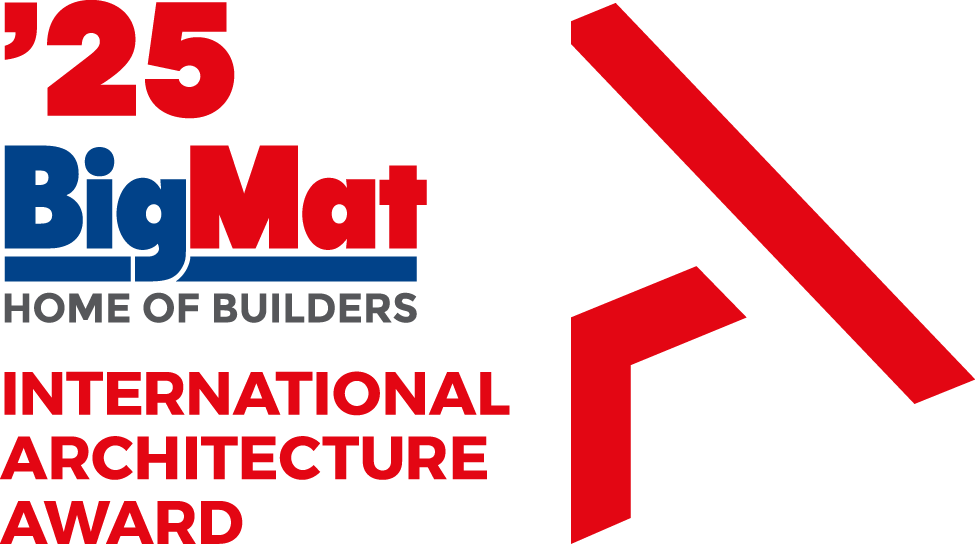Through a cross-section of these four territories, GRAU invites us to explore the potential of a third type of city, neither center nor periphery, the Garden Metropolis.

Since the beginning of urbanisation, towns and cities have been places where people live together: for the opportunities and safety they provide, for economic reasons, to fulfil a need for social bonds, and all the other reasons that make us come together as people. Living together in a particular environment requires a kind of collective organisation that always manifests itself physically, and our urban structures also reflect our values and the challenges faced by society.
Practical info
«Garden Metropolis»
April 7 – October 2, 2022
arc en rêve centre d’architecture
Entrepôt, 7 Rue Ferrere, Bordeaux
France
This exhibition deals with an urban organization we call the Garden Metropolis. Neither the centre nor the periphery, the term refers to urban growth that has mainly occurred in the twentieth century as a direct extension of major urban centres. Because it arises from a liberal world order and a market economy, we struggle to make sense of it, often considering it as a kind of uncontrollable chaos that is the “price to pay” so that we can all satisfy our individual desires: an environment shaped by boundaries and distance instead of by a desire to live together.
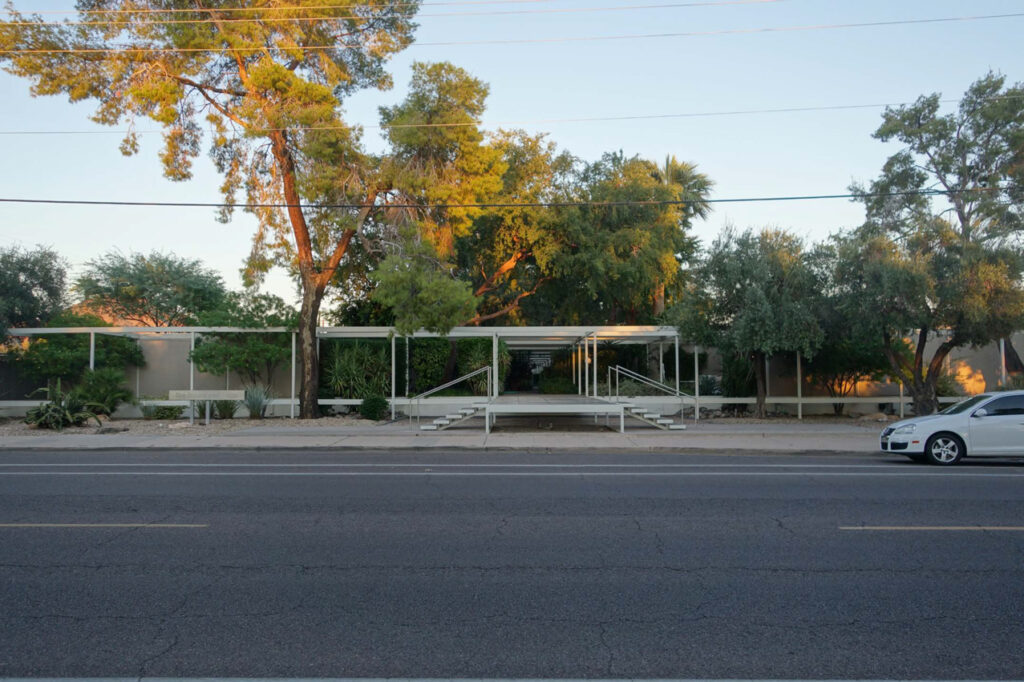
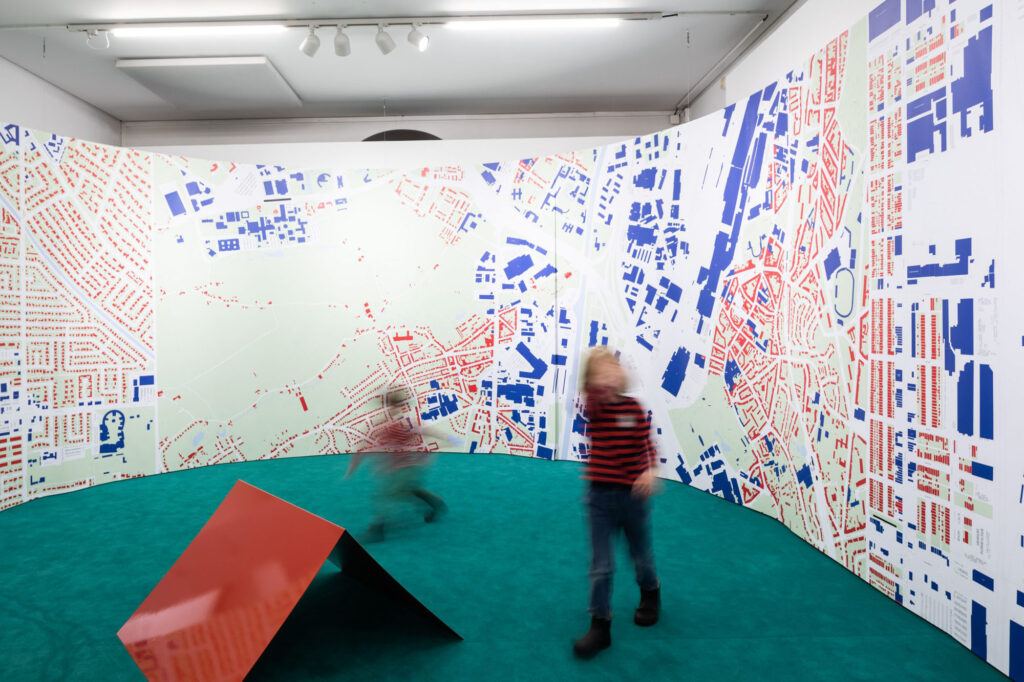
But this is a reductive view of reality. This kind of urbanisation exists all over the world; we have produced it in sometimes dizzying quantities, and now we have to deal with it, constantly transforming it and gradually adapting it. To achieve this, and to give it collective meaning, we have to look at it in detail and understand the specific processes that lie behind it.


The question of the “collective meaning” of cities preoccupies us every day. What makes us belong to a broader collective sphere? What minimal urban structures do we need to live together successfully? How close can we get to one another?
With “Garden Metropolis”, we suggest looking at things in a new way and considering urban sprawl not merely as a string of residential areas but as one of the urban forms of the future. We do this by exploring its potential for transformation: as a city where landscape and the built environment work closely together, and where urban structure produces both individual wellbeing and collective meaning.
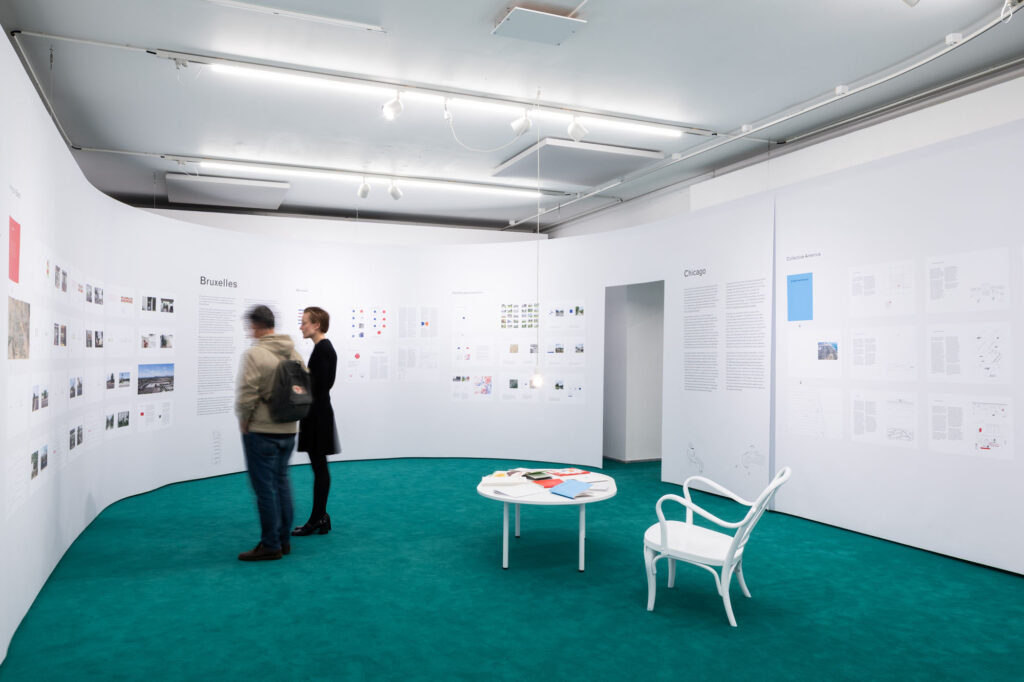
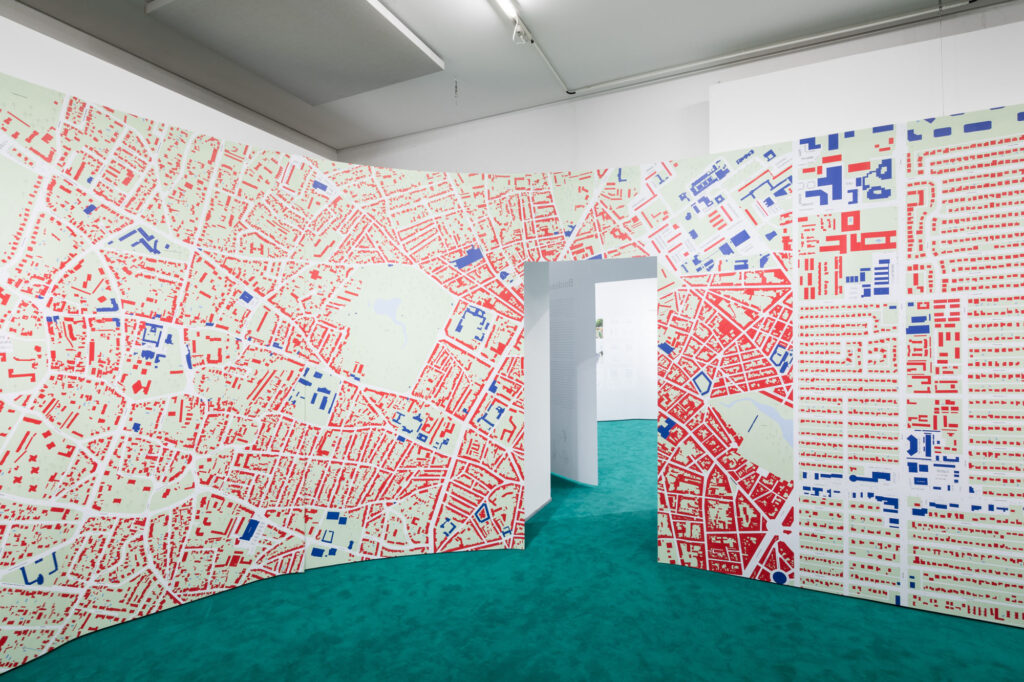
The exhibition explores the Garden Metropolis in four cities: Bordeaux, Phoenix, Brussels and Chicago—very different cities that nevertheless have points and concerns in common. In a world where we constantly seek to differentiate ourselves, we are using this exhibition as an opportunity to talk about what brings us together, to look elsewhere and learn from one another, without ever denying the specific characteristics of our cities and natural environments.

